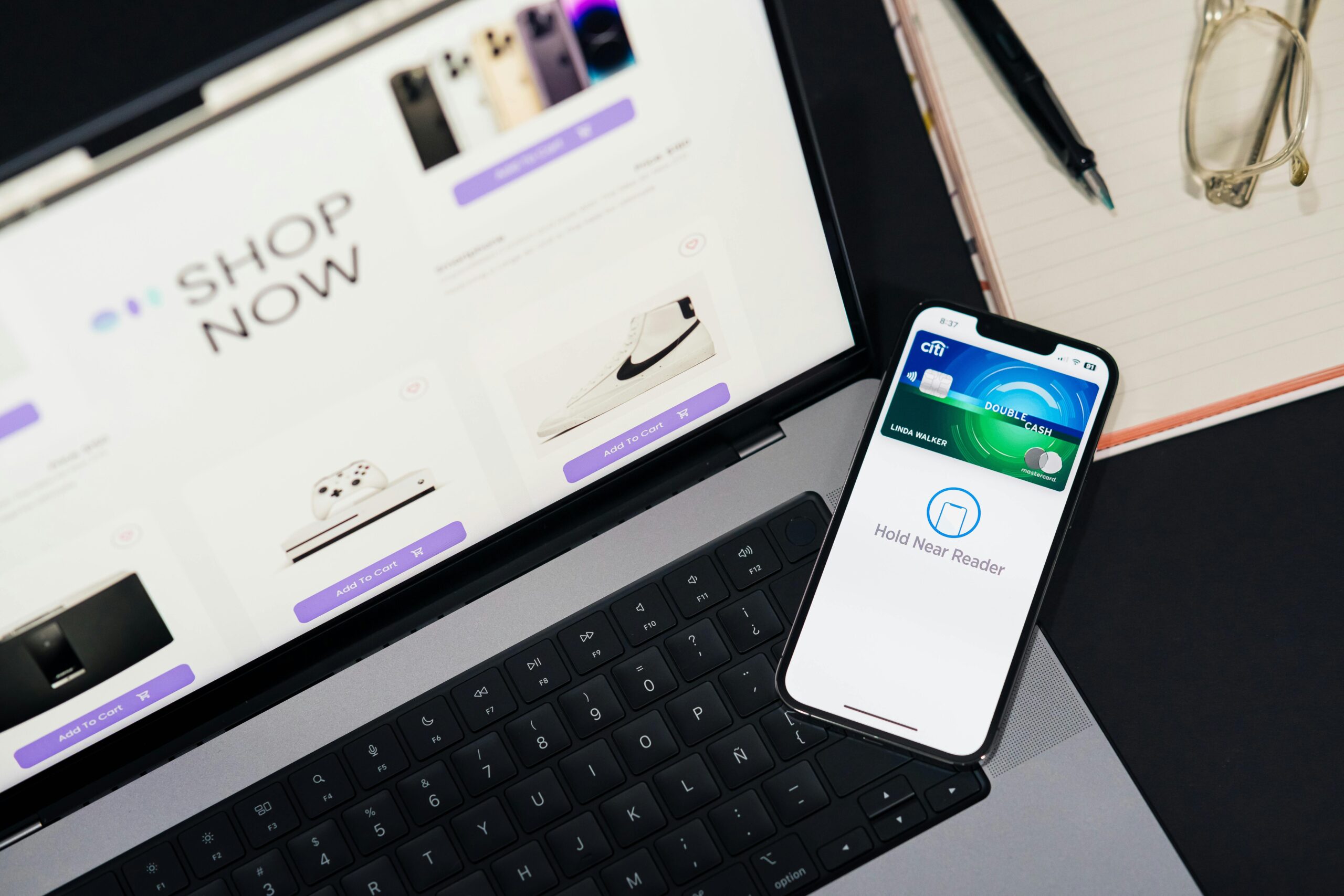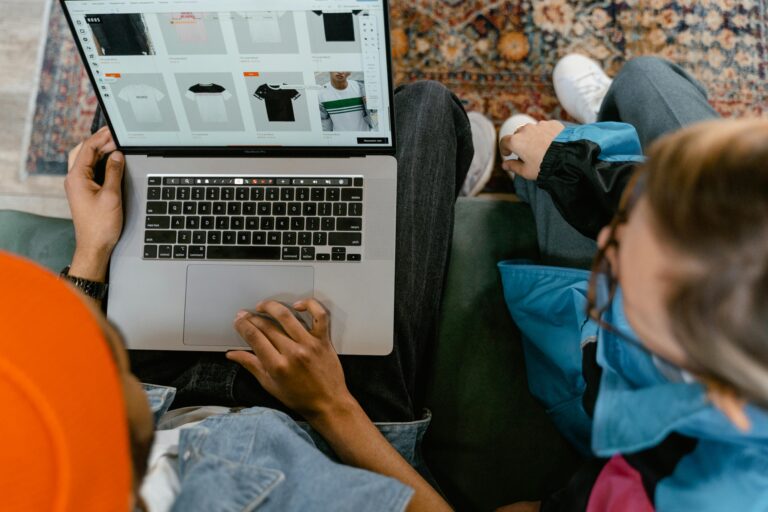Retail’s Future: How Social Commerce, AI, and Sustainable Practices Will Change the Sector by 2025
In 2025, the retail business will undergo a kaleidoscope of innovation, morality, and customer-driven change. Gone are the days when shopping meant choosing between convenience and conscience. Today’s digital bazaars are vibrant ecosystems where algorithms predict desires, social media platforms double as storefronts, and sustainability isn’t just a buzzword—it’s a non-negotiable. Let’s unpack how these forces are rewriting the rules of engagement for brands and shoppers alike.
Social Commerce: The Rise of the Digital Agora
Think of scrolling on TikTok. You find a live product demo. The host’s super excited—so you hit “buy” before it’s even over. That’s social commerce in 2025; a massive $6.2 trillion deal where you get inspired and shop super fast. Places like Instagram and TikTok? They’ve turned into big-time marketplaces, mixing fun and quick shopping.
The Strength of Genuineness
Gen Z and millennials no longer trust polished ads—they crave raw, unfiltered recommendations. User-generated content and micro-influencers are big deals. One in four Gen Z folks say they’ll probably buy stuff if it has lots of likes or good comments. Brands such as Gymshark and Lululemon really get this. They use communities to make casual surfers into true fans.
Livestream Shopping: Retail as Theater
Livestream commerce isn’t just booming—it’s redefining retail theater. Platforms like TikTok Live and eBay Live host interactive events where viewers can ask questions, watch real-time demos, and snag limited-edition drops. In the U.S., livestream sales hit 50 billion in 2023 and are projected to reach 68 billion by 2026. The secret? Urgency, exclusivity, and the thrill of collective participation.
AI: The Invisible Concierge
By 2025, artificial intelligence isn’t just a helper—it’s more like a quiet buddy shaping every part of how we shop. It gives us super personalized tips and runs the whole supply process. It’s everywhere, and yet, you hardly notice it’s there.
Being Overly Customized: Going Beyond “Hello, [First Name]”
Forget generic emails. AI now crafts experiences as unique as fingerprints. Walmart’s AI, for instance, analyzes past purchases to suggest Super Bowl spreads tailored to your taste, while Zara’s inventory robots slash wait times by predicting demand spikes. Over 67% of consumers expect this level of customization, and brands that deliver see conversion rates soar by 45%.
Digital Augmented Reality: Try Before You Buy
Why wonder if the sofa fits? AR helps you see things right in your room—making fewer returns, down by 30%. Nike and IKEA? They’re just starting with AR rooms and virtual furniture. By 2034, expect AR to be a huge $723 billion market, turning online shopping into a real fun zone.
AI Ethics: Walking the Tightrope
But with big power, comes big watching. As AI digs more into our shopping info, 81% of us are kinda worried about our privacy. Smart brands like Patagonia and Eileen Fisher are on it, though. They let you choose to share your data—clear about how they use it to make your shopping just for you.
Sustainability: The New Must-Have
By 2025, sustainability isn’t just for show—it’s a must to play the game. Look—82% of people now want eco-friendly packaging, and 59% of young folks are okay paying more for things that don’t hurt our planet. So, brands are all in, trying to show they’re on board.
Circular Economy: Don’t Waste, Don’t Want
The market for used stuff is booming, expected to reach $100 billion by 2026. Take Levi’s SecondHand and Patagonia’s Worn Wear—they turn old clothes into hot items. Even big names in fast fashion, like Zara, are getting into selling used goods, figuring out that being green can also mean making green.
Carbon-Neutral Everything
From biodegradable packaging to carbon-offset shipping, retailers are overhauling logistics. IKEA’s digital twins optimize supply chains to cut emissions, while startups like Loop partner with brands to offer reusable containers for everyday products. The result? A 127% growth in the secondhand fashion market since 2023, proving that green is the new black.
The Intersection: Where Ethics Meet Innovation
The magic of 2025 lies in the synergy of these trends. Social commerce platforms amplify sustainable brands, AI personalizes eco-friendly recommendations, and consumers vote with their wallets for companies that align with their values.
Case Study: The Rise of “Deinfluencing”
A movement against buying too much stuff has started—called “deinfluencing.” Here, creators tell their followers to buy less, but make it good stuff. It’s all about “slow living,” where people choose quality over how much. And guess what? Now, 44% of folks in the UK are into this trend. Brands like Allbirds and Reformation thrive here, marketing durability as a luxury.
Trust: The Ultimate Differentiator
In a world of AI-generated ads and greenwashing, authenticity reigns. Shoppers are 3.8x more likely to splurge on brands they trust, whether through transparent sourcing (like Everlane’s Radical Transparency) or ethical AI practices.
Key Trends at a Glance
| Trend | Impact | Key Stat |
| Social Commerce | Blends shopping with social interaction | $6.2T by 2030 |
| AI Personalization | Tailors experiences to individual needs | 67% demand customization |
| Sustainable Retail | Drives consumer loyalty and innovation | 82% prefer eco-packaging |
The Road Ahead: Adapt or Perish
In addition to selling goods, the retailers that will succeed in 2025 will also be telling stories, building communities, and promoting morals. For brands, this means:
- Embrace Phygital Fluency: Merge digital convenience with tactile experiences, like Sephora’s AR try-ons paired with in-store consultations.
- Invest in Ethical AI: Use data responsibly to build trust, not just profits.
- Go Circular: Launch resale programs or partner with platforms like ThredUp to tap into the $100B secondhand boom.
Your Move, Shopper
As the lines between physical and digital blur, one question remains: How will you wield your purchasing power in this new era? Will you chase the latest TikTok trend, or invest in pieces that outlive fleeting fads? The future of shopping isn’t just about what you buy—it’s about the world you choose to build with every click.
Explore how Nike’s House of Innovation blends AR and sustainability, or dive into Patagonia’s Worn Wear program to see circular fashion in action. The future is here—shop wisely.


